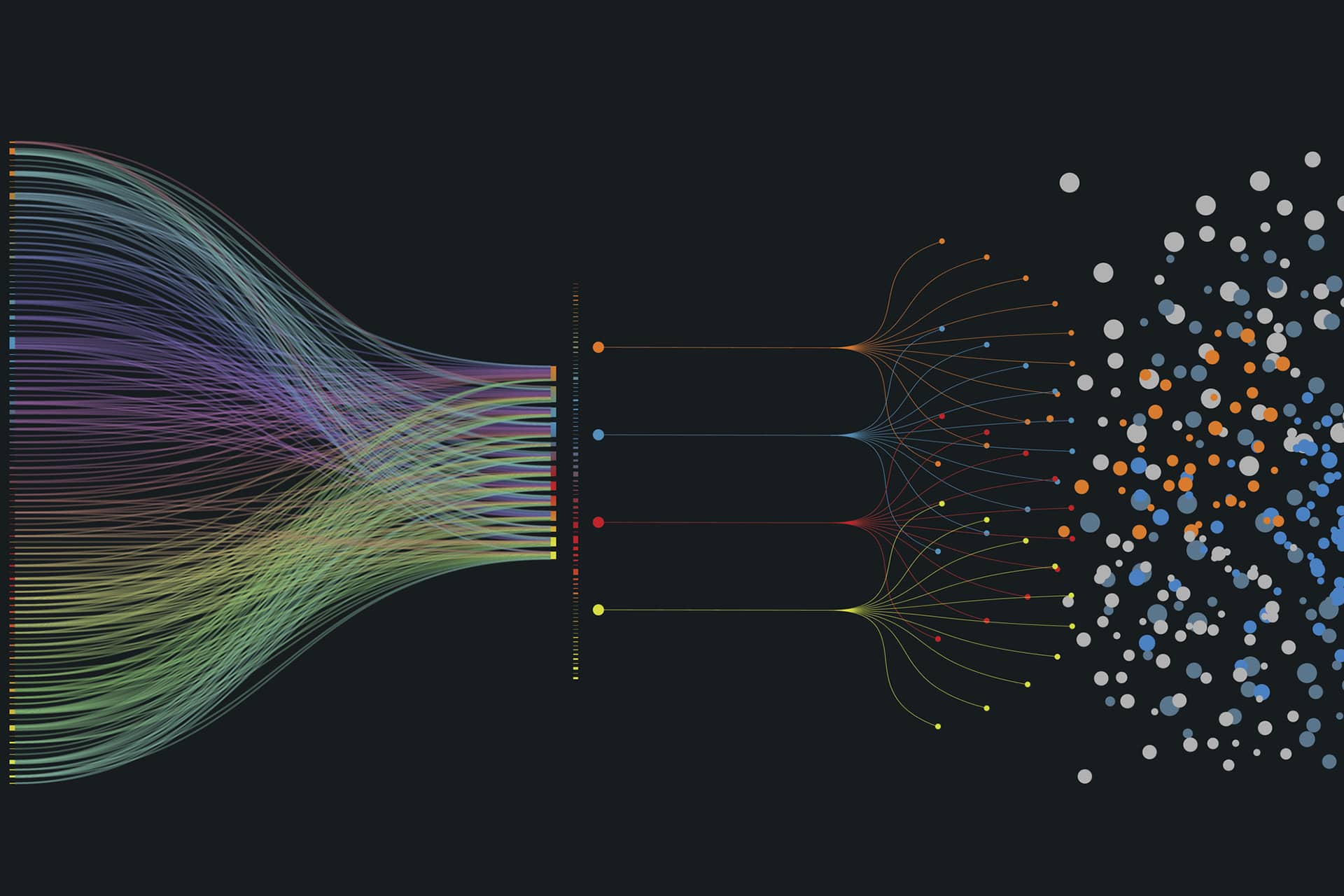In the fast-paced world of intellectual property (IP), the Patent Cooperation Treaty (PCT) streamlines the process of filing patents across multiple countries. To meet tight deadlines and reduce costs, many applicants and law firms increasingly rely on machine translation (MT) tools to translate patent documents. While MT offers undeniable speed and affordability, its use in PCT applications carries hidden risks that could undermine the very value it seeks to preserve. In this article, we will delve into these overlooked costs and how to use translation services to balance quality and cost.
1. Accuracy cannot be guaranteed
Patent claims hinge on precise language. While neural machine translation (NMT) has improved fluency, it struggles with context-specific terminology Such errors are hard to detect without human expertise, yet they risk exposing innovators to costly disputes or narrowed patent rights.
2. Problems with quality
Patent offices and courts require clear translations. Ambiguous translations generated by machine translation can lead to longer examination cycles, office action, or even rejection. To ensure accuracy and compliance, machine-translated texts also need to be reviewed by qualified translators to ensure quality.
3. Increased legal costs
Resolving errors or ambiguities in machine-translated documents may require more time and effort from legal professionals, resulting in increased legal costs. Even worse, if a patent is granted with a flawed translation, enforcing the patent internationally can become a legal minefield.
4. Confidentiality issues
Uploading sensitive draft patents to third-party MT platforms poses a data security risk. Many free or low-cost tools store input text to improve algorithms, potentially exposing patented inventions to unintended parties. For industries such as pharmaceuticals or semiconductor manufacturing, an early leak could be disastrous.
Using Artlangs to balance quality and cost
While machine translation can be a cost and time saver, it is important to ensure that quality is not compromised when using machine translation in PCT applications. To ensure the effectiveness and accuracy of your patent translations, it is wise to work with a professional translation service provider.
With thousands of successfully translated patent applications and support for over 230 languages, Artlangs is your best choice. Artlangs professional human translation services offer key advantages in PCT applications:
1. Experienced team of professionals
Artlangs' translation team consists of linguists, subject matter experts, and IP specialists with deep expertise in areas such as biotechnology, engineering, and software development. They ensure that translations are contextually accurate, minimize ambiguities that are often overlooked in MT systems, and safeguard the enforceability of patents in different jurisdictions.
2. Rigorous Quality Assurance
Artlangs implements a multi-layered quality control process. After the initial translation, documents are carefully proofread by senior linguists and technical reviewers. In addition, Artlangs aligns translations with the specific requirements of patent offices (e.g. USPTO, EPO, or JPO), reducing the risk of rejection due to language non-compliance.
3. Higher confidentiality
Unlike public MT platforms, Artlangs treats client confidentiality as a non-negotiable issue. Sensitive draft patents are handled through secure encrypted channels and translators sign strict Non-Disclosure Agreements (NDAs). For highly competitive industries such as pharmaceuticals or artificial intelligence, Artlangs provides isolated project environments to ensure that data is not retained or exposed to third-party algorithms.
5. Efficient and time-bound services
Artlangs combines specialized talent with a streamlined workflow to deliver translations quickly while maintaining quality. For urgent PCT applications, their team works at an accelerated pace, utilizing industry-specific translation memory tools to maintain consistency across large documents.
6. Cost-Effectiveness Beyond the Bottom Line
While the upfront cost of MT translations is low, Artlangs realizes long-term savings by avoiding hidden costs. Additionally, Artlangs' scalable pricing model allows startups and multinationals to access high-quality translation services.
Conclusion
Machine translation is a powerful tool, but its role in PCT applications must be carefully calibrated. The hidden costs of inaccuracies, legal loopholes, and reputational damage far outweigh the lure of speed and cost-cutting. In the high-stakes world of global patents, the professionalism, security, and global scalability of patent applications can be ensured by investing in high-quality translation services. Want to learn about more affordable solutions? Get it now!











